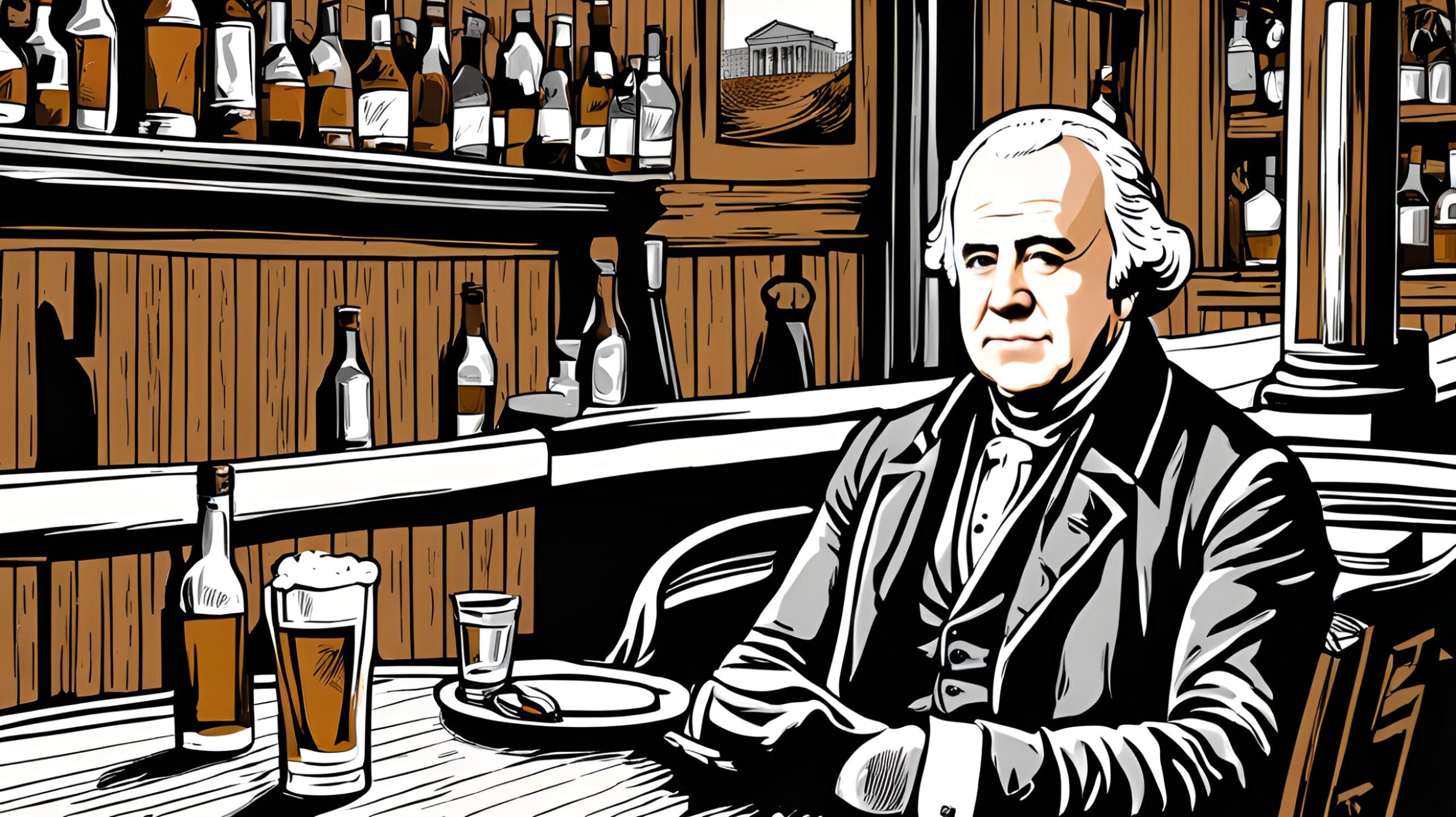Flashback to January 2
American History

On June 3, 1800, a significant event took place in the history of the United States: President John Adams moved into the nation’s capital, Washington, D.C. While the iconic White House was not yet completed, Adams took up temporary residence in a tavern, marking the beginning of Washington, D.C. as the official capital of the United States.
At the end of the 18th century, the United States was a fledgling country trying to establish its identity and solidify its government. The need for a capital city, separate from the individual states, was recognized by the Founding Fathers. The selection of Washington, D.C. as the capital was a result of a compromise between the northern and southern states.
When President Adams arrived in the capital, he found a city still under construction. The White House, the future presidential residence, was a work in progress. Hence, Adams made temporary arrangements in a tavern, which served as the first executive mansion.
Adams’ move to Washington, D.C. conveyed a message of stability, progress, and permanence. With the establishment of a central government and a dedicated capital, the United States was solidifying its position as a prominent world power.
The temporary residence of Adams in a tavern showcased the humility and adaptability of the early American leaders. It symbolized their willingness to work with limited resources and their dedication to the betterment of the nation. This event also reflects the resourcefulness of the citizens of Washington, D.C., who welcomed their president with open arms despite the lack of a proper presidential residence.
The completion of the White House took a few more years, but it eventually became the iconic symbol of the American presidency. Today, it stands as a testament to the history, power, and legacy of the United States.
President John Adams’ move to Washington, D.C. on June 3, 1800, marked the beginning of the city’s journey as the political and administrative hub of the nation. From that day forward, Washington, D.C. became the center of power, where decisions that shaped the country were made.
Even though the White House was not yet completed, President Adams’ move to the city showcased his commitment to the vision of a unified and prosperous nation. The tavern that served as a temporary residence for Adams represents the resilience and determination of the American people during the early years of their nation.
As time passed, Washington, D.C. grew and evolved into the vibrant and diverse city we know today. It became home to numerous government agencies, cultural institutions, and communities that contribute to the fabric of the United States. Today, Washington, D.C. stands as a symbol of power and democracy, a testament to the growth and development of the United States.
We strive for accuracy. If you see something that doesn't look right, click here to contact us!

